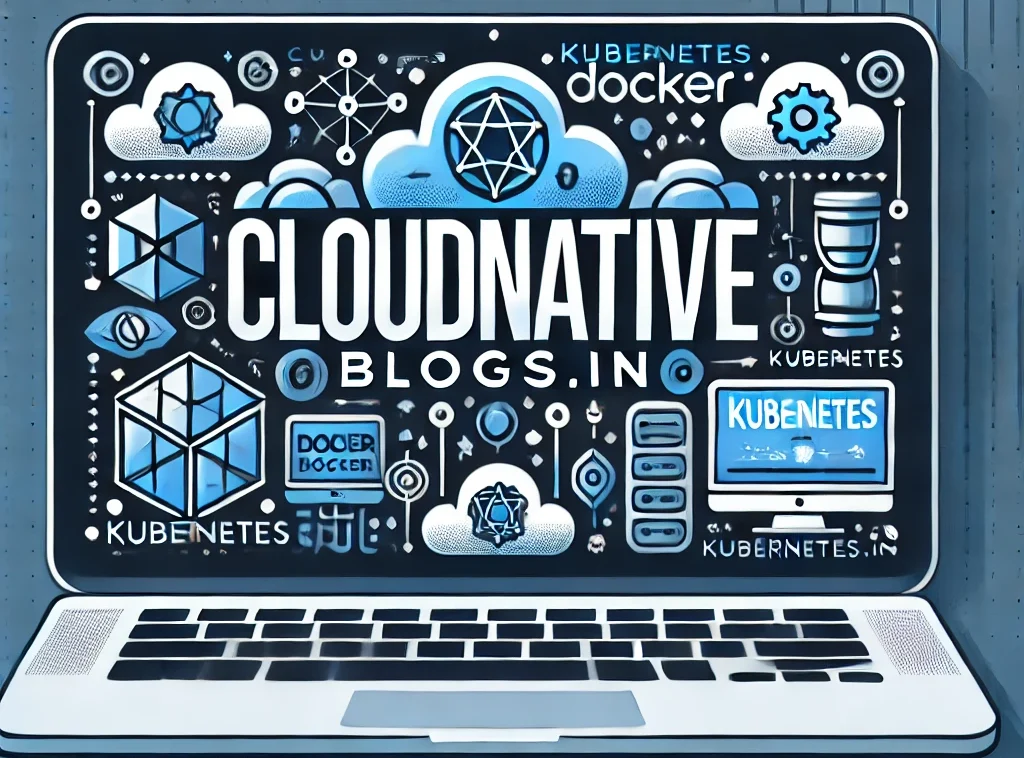Discover how Java is adapting to cloud-native environments through modern frameworks, performance optimizations, and emerging technologies like GraalVM and Kubernetes for scalable applications.
Understanding the Key Differences Between MLOps and DevOps for Efficient Software and Model Management
Understanding the differences between MLOps and DevOps helps businesses optimize their workflows for both software and machine learning models, ensuring better performance and scalability.
Mastering CI/CD with AWS DevOps: A Complete 2025 Guide
Explore the complete guide to mastering CI/CD in AWS DevOps. Learn pipeline automation, deployment strategies, best practices, tools, and real-world use cases for 2025.
Why Choose CISC Processors Over RISC-V in Low-Power Embedded Systems
Explore the practical benefits of using CISC processors over RISC-V in embedded systems where power and complexity are minimal.
GitOps vs Traditional CI/CD: A Comprehensive Comparison for Modern DevOps Practices
GitOps offers automation, security, and scalability by using Git as the source of truth for deployment management, compared to traditional CI/CD methods. Learn the key differences here.
Exploring IaaS, PaaS, and SaaS in Cloud Computing: A Comprehensive Guide
Discover the key differences between IaaS, PaaS, and SaaS, and learn how each cloud computing model benefits businesses and developers for optimized performance and scalability.
Best DevOps Tools and Practices for Building Efficient CI/CD Pipelines on Google Cloud Platform
Discover how GCP’s DevOps tools streamline CI/CD processes, enabling faster, secure, and scalable deployments. Learn best practices for optimizing your software delivery pipelines.
Best Practices for PostgreSQL Database Design to Ensure Performance, Scalability, and Efficiency
Explore the best practices for PostgreSQL database design, focusing on performance, scalability, and optimization techniques. Learn strategies to ensure an efficient, scalable PostgreSQL setup.
Effective DevOps Strategies for Scaling Microservices: Best Practices and Tools
Learn how to scale microservices efficiently with DevOps strategies. Explore CI/CD pipelines, security practices, monitoring, and more for smooth and resilient deployments in large environments.
SQL vs NoSQL for Large Tables: Choosing the Right Database for Big Data Applications
Learn about SQL vs NoSQL for handling large tables in databases. Understand their differences, scalability, performance, and when to use each database system for big data applications.
TPUs vs GPUs in TensorFlow: Key Differences and Use Cases for Machine Learning
Explore the key differences between TPUs and GPUs in TensorFlow for machine learning. Understand when to use each hardware accelerator for better performance and scalability.
The Ultimate Guide to Serverless Databases: How They Operate and Their Key Benefits
Serverless databases provide scalable, cost-efficient solutions by abstracting server management and offering on-demand resources for modern cloud applications. They are ideal for fluctuating traffic and fast-growing apps.
Why Zero Trust Network is Essential for Cloud Security in 2025
Implementing a Zero Trust network approach in the cloud ensures continuous authentication, reduces vulnerabilities, and protects sensitive data from modern cyber threats. Learn why it’s essential for cloud security in 2025.
Key Principles of Microservice Architecture: A Detailed Guide
Microservice architecture allows businesses to build scalable, independent services that focus on specific tasks. This guide covers the principles, benefits, and challenges of adopting microservices in modern software development.
Performance Comparison and Best Use Cases: WSL vs Oracle VirtualBox
WSL offers a lightweight, fast solution for running Linux on Windows with minimal resource overhead, while VirtualBox provides full isolation and flexibility for running multiple operating systems but at a higher resource cost.
